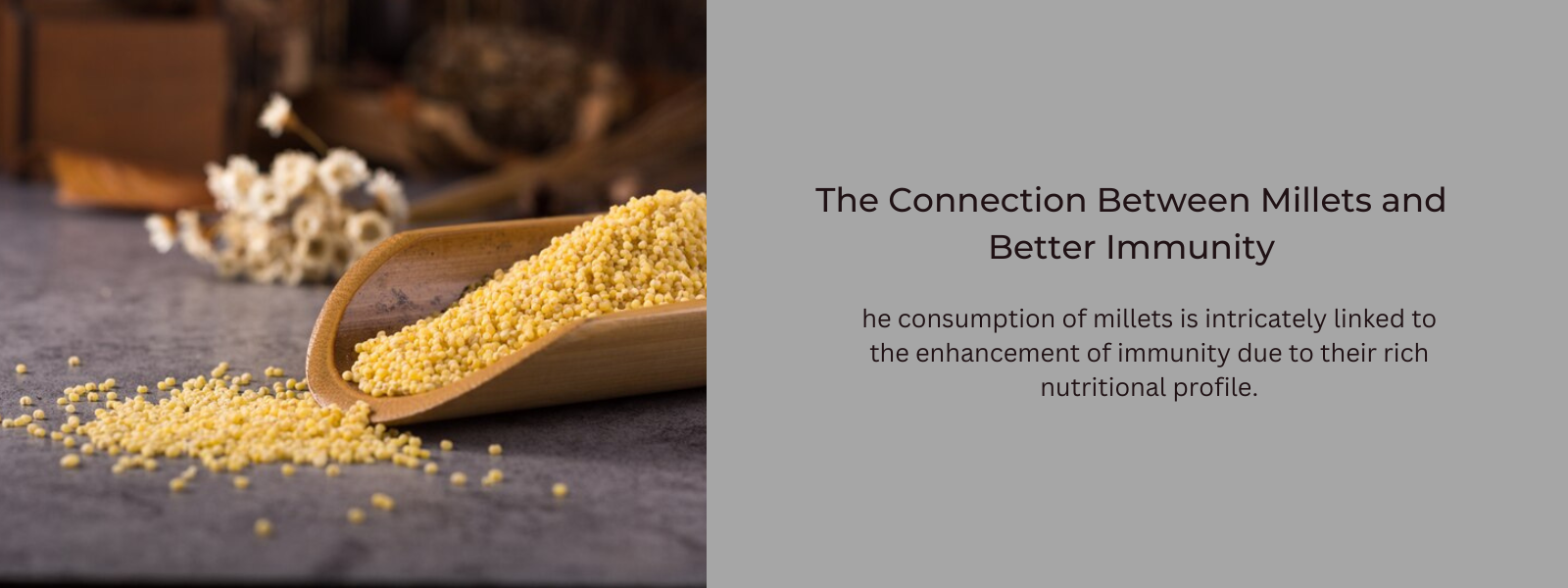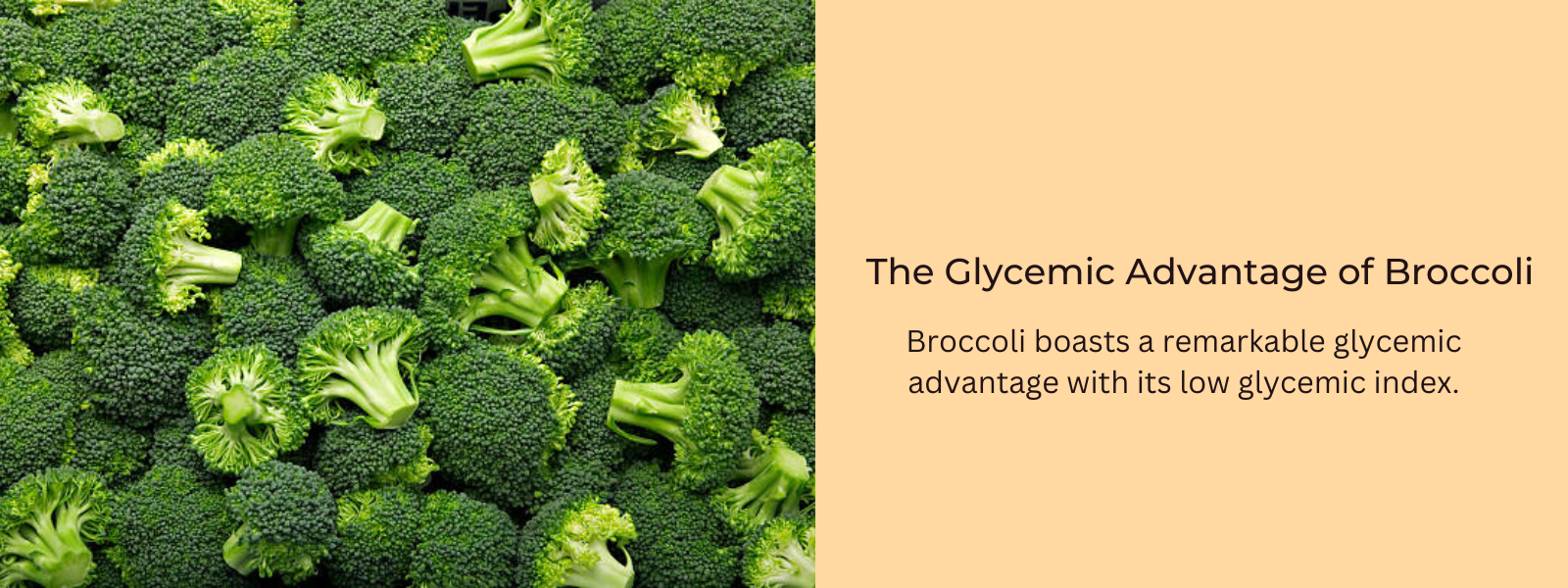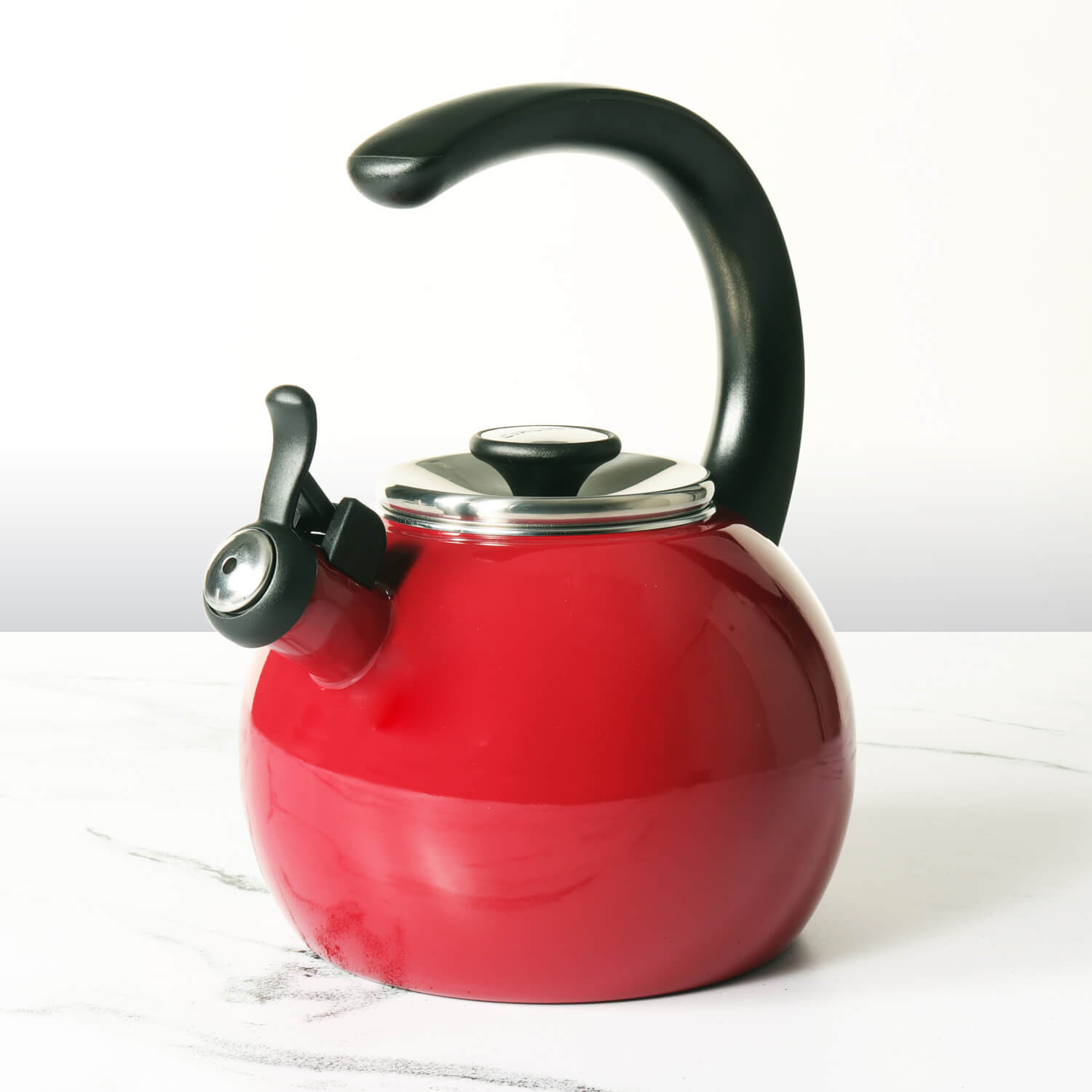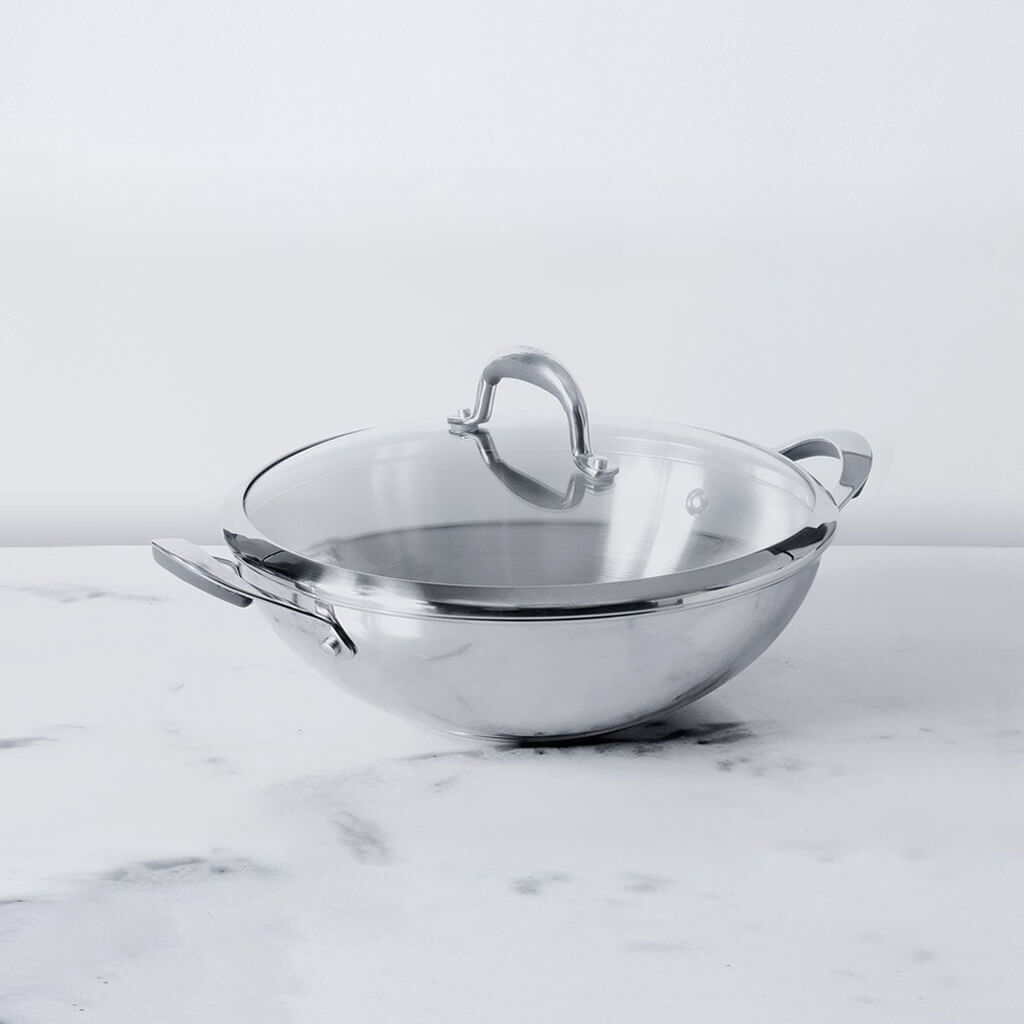Non-stick cookware has revolutionized the way we cook, making it easier to prepare delicious meals without the hassle of food sticking to the surface. For beginners, choosing the right non-stick cookware and understanding how to use and care for it can enhance your cooking experience significantly. This guide will cover the essential aspects of non-stick cookware, including the benefits, types, and maintenance tips, along with an introduction to Meyer’s impressive range of non-stick options.
Table of Contents
Why Choose Non-Stick Cookware?
- Ease of Use: Non-stick surfaces allow food to slide easily out of the pan, making cooking and serving a breeze. This feature is particularly helpful for delicate foods like eggs, pancakes, and fish that may otherwise stick to traditional pans.
- Less Oil Required: Non-stick cookware requires less oil or butter, making it a healthier option for frying or sautéing. You can achieve delicious, flavorful meals with fewer calories from added fats.
- Easy Cleanup: Cleanup is quick and easy with non-stick cookware, as food residues can often be wiped away with a soft sponge and mild detergent. This convenience saves time in the kitchen.
- Versatile Cooking: Non-stick pans are suitable for various cooking methods, including frying, sautéing, baking, and even simmering. Their versatility makes them a staple in any kitchen.
Types of Non-Stick Cookware
When shopping for non-stick cookware, it’s essential to understand the different types available on the market:
- Traditional Non-Stick: These pans are coated with a non-stick surface, typically made from polytetrafluoroethylene (PTFE), commonly known as Teflon. They are great for everyday use but require careful handling to avoid scratching.
- Ceramic Non-Stick: Ceramic-coated cookware offers a chemical-free alternative to traditional non-stick options. It is made from sand and other natural materials and is often more heat-resistant. However, ceramic coatings may not last as long as traditional non-stick surfaces.
- Hard-Anodized Non-Stick: This type of cookware is made from aluminum that has been treated to create a hard, durable surface. Hard-anodized pans are typically scratch-resistant and offer excellent heat distribution.
- Cast Iron with Non-Stick Coating: Some cast iron cookware comes with a non-stick surface, offering the best of both worlds. This combination allows for excellent heat retention while providing the ease of non-stick cooking.
How to Choose Non-Stick Cookware
When selecting non-stick cookware, consider the following factors:
- Quality of the Coating: Look for high-quality non-stick coatings that are durable and safe for cooking. Meyer’s non-stick cookware, for instance, is renowned for its premium, toxin-free coatings.
- Material: Choose cookware made from sturdy materials like aluminum or stainless steel, which can withstand daily use and provide even heating.
- Compatibility with Heat Sources: Ensure the cookware is compatible with your cooking appliances, whether you have a gas stove, electric burner, or induction cooktop.
- Handle Design: Opt for pots and pans with comfortable, heat-resistant handles for safe and easy handling during cooking.
Caring for Your Non-Stick Cookware
To prolong the life of your non-stick cookware, follow these care tips:
- Use the Right Utensils: Use wooden, silicone, or plastic utensils to avoid scratching the non-stick surface. Avoid using metal utensils, as they can damage the coating.
- Temperature Control: Avoid cooking on high heat, as excessive heat can damage the non-stick surface. Medium to low heat is usually sufficient for most cooking tasks.
- Cleaning: After cooking, let the cookware cool before washing. Hand wash with warm, soapy water and a soft sponge. Avoid abrasive cleaners that can scratch the surface.
- Storage: Store non-stick cookware carefully, placing soft cloths or paper towels between pans to prevent scratching when stacking.
Meyer’s Wide Range of Non-Stick Cookware
Meyer offers a wide variety of non-stick cookware designed to meet the needs of every cook, from beginners to seasoned chefs. Some of the popular collections include:
- Circulon A1: This collection features a unique, durable non-stick surface with excellent heat distribution. The patented technology ensures food releases easily while maintaining its flavor and texture.
- Merlot: The Merlot range combines elegance and functionality. Its stylish design is complemented by a high-performance non-stick coating, making it a beautiful addition to any kitchen.
- Circulon: Known for its reliable performance and innovative design, Circulon cookware features a total non-stick system that enhances cooking efficiency. With various sizes and shapes available, it’s perfect for any culinary task.
- Bauhaus: The Bauhaus collection emphasizes modern design and practicality. Its non-stick cookware is built for durability and style, making it a favorite among contemporary home cooks.
- More Options: Meyer offers many other non-stick collections, ensuring you can find the right pieces to suit your cooking style and preferences.
Conclusion
Non-stick cookware is an invaluable addition to any kitchen, providing ease of use, healthier cooking options, and effortless cleanup. By understanding the various types of non-stick cookware and how to care for it, beginners can enjoy a seamless cooking experience. Meyer’s extensive range of non-stick cookware, including collections like Circulon A1, Merlot, Circulon, and Bauhaus, ensures that every cook can find the perfect tools to enhance their culinary adventures. Whether you're preparing breakfast, lunch, or dinner, Meyer’s non-stick cookware will elevate your cooking experience while keeping it stylish and convenient.












Leave a comment